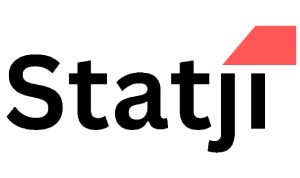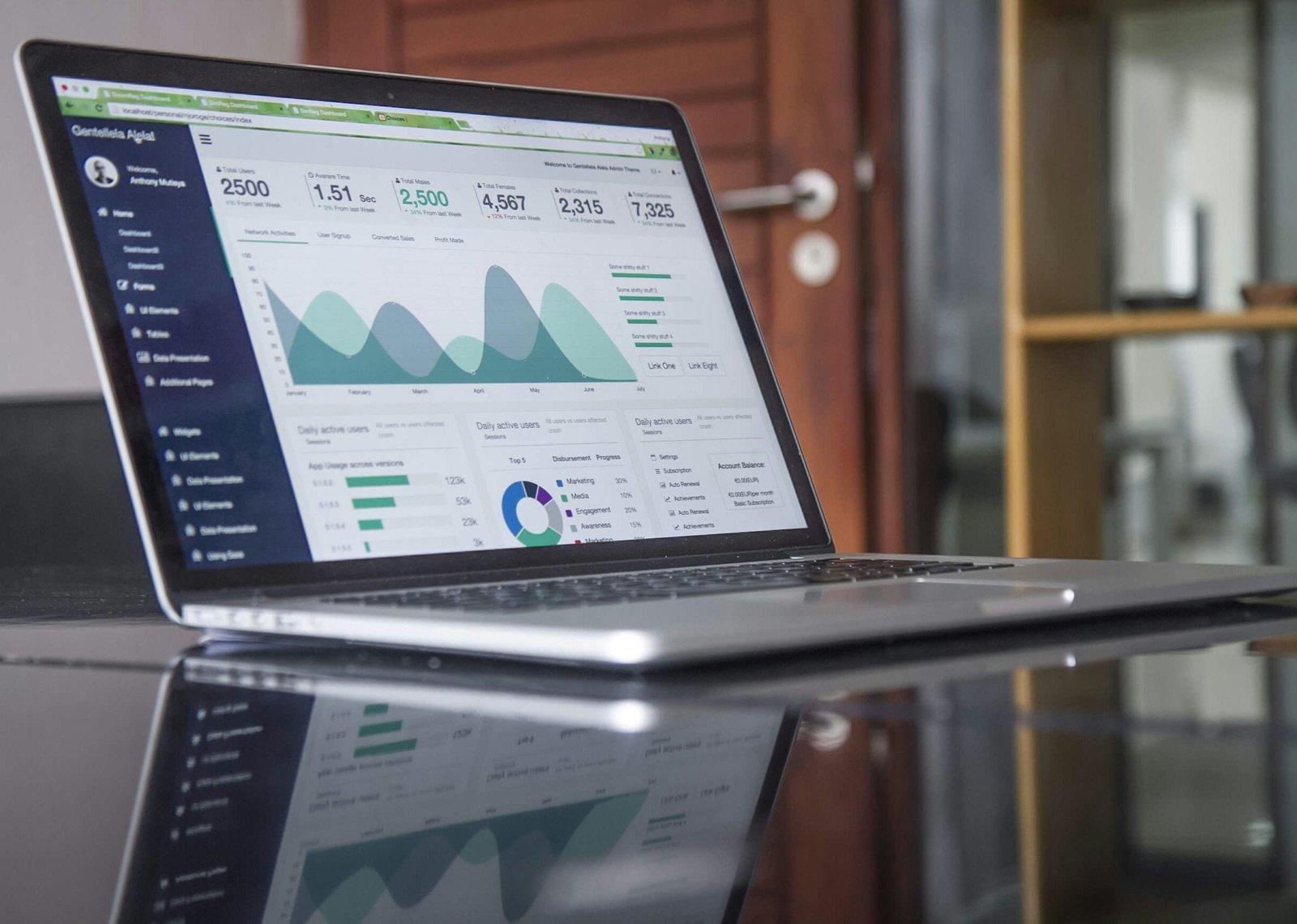Understanding Strategic Election Intelligence and Data Analytics
In today’s digital age, elections have become more than just a battle of ideas and campaigns. They are now heavily influenced by data and analytics. Strategic election intelligence and data analytics have emerged as powerful tools that can shape the outcomes of elections.
The Role of Strategic Election Intelligence
Strategic election intelligence refers to the process of gathering, analyzing, and utilizing data to gain insights into voter behavior, preferences, and trends. It involves collecting data from various sources such as voter registration databases, social media platforms, surveys, and polls.
With strategic election intelligence, political parties and candidates can gain a deeper understanding of their target audience. They can identify key issues that resonate with voters, assess the popularity of their policies, and tailor their campaign strategies accordingly.
By leveraging strategic election intelligence, political parties can also identify swing voters and focus their efforts on persuading them. This can be done by analyzing demographic data, past voting patterns, and other relevant information to identify potential swing voters and understand their motivations.
Data Analytics in Elections
Data analytics plays a crucial role in elections by providing insights that can inform campaign strategies and decision-making. It involves the use of statistical models, algorithms, and machine learning techniques to analyze large volumes of data and extract meaningful patterns and trends.
One of the key applications of data analytics in elections is predictive modeling. By analyzing historical data and voter behavior, predictive models can forecast election outcomes with a certain level of accuracy. This allows political parties to allocate resources effectively and focus their efforts on key battlegrounds.
Data analytics can also help political parties optimize their campaign messaging and targeting. By analyzing voter data and sentiment analysis from social media, political parties can identify the issues that resonate with different voter segments and tailor their messages accordingly. This ensures that their campaign efforts are more effective and targeted.
The Benefits of Strategic Election Intelligence and Data Analytics
Strategic election intelligence and data analytics offer several benefits for political parties and candidates:
1. Better Decision-Making: By leveraging data and analytics, political parties can make informed decisions based on evidence rather than intuition. This can lead to more effective campaign strategies and resource allocation.
2. Improved Targeting: With strategic election intelligence, political parties can identify and target specific voter segments more effectively. This allows them to tailor their messages and policies to resonate with their target audience.
3. Enhanced Engagement: By analyzing social media data and voter sentiment, political parties can engage with voters more effectively. They can identify key issues and concerns and address them in their campaigns, leading to increased voter engagement.
4. Increased Efficiency: Data analytics allows political parties to optimize their campaign efforts by identifying the most effective channels, messages, and strategies. This leads to better resource allocation and improved efficiency.
Overall, strategic election intelligence and data analytics have become indispensable tools in modern elections. They provide political parties and candidates with valuable insights and help them make informed decisions. By leveraging these tools effectively, political parties can gain a competitive edge and increase their chances of success in elections.

